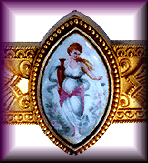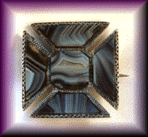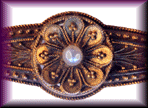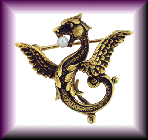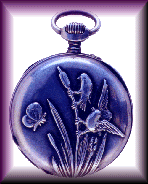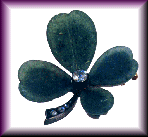
|
Jewelry of the Victorian Era |
|
Most of the Romantic Period preceded the gold strikes in California and South Africa; thus, gold was in scarce supply. The jewelers of the day worked the precious metal into thin sheets and fine wires from which they created large, puffy jewels that were light in weight. The goal was to get the most look from the least amount of metal. |
|
By the 1870's, new discoveries of silver (like the Comstock mine in Nevada in 1859) had reduced the cost of this precious metal and silver jewelry became more affordable. An infinite variety of beautifully engraved bangle bracelets, intricate monogram and name brooches, sentimental lockets, and other whimsical jewels were created to serve a growing middle market. Many of these silver baubles express sentimental themes and reflect a sense of whimsy that is common to late Victorian jewels. |
|
|
|
|
||
|
| Reading Room | Jewelry Galleries | What's New! | | Bijoux Home Page | About Us | Services We Offer | Site Map | If you have any questions, suggestions or comments, please give us a call (603 624-8672) or send us an email.
|
||
|
© Copyright Bijoux Extraordinaire, Ltd. 1999 All Rights Reserved |
||
